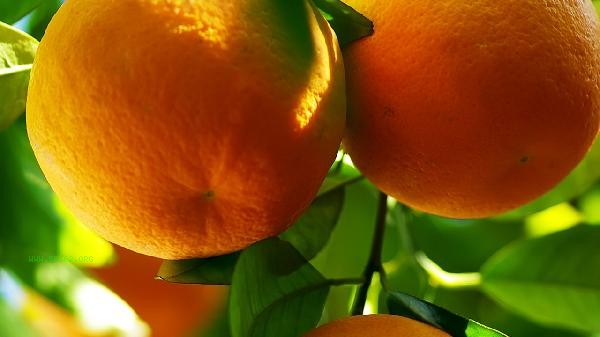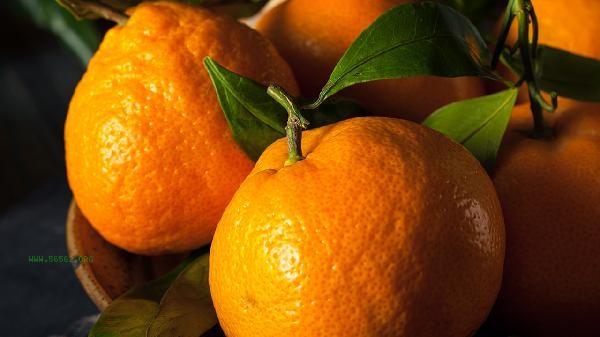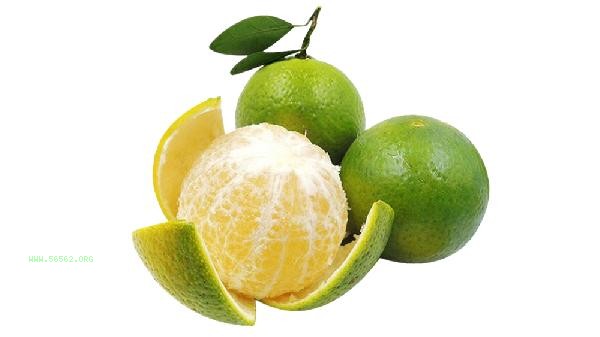The choice of male and female oranges has little effect on taste, and it is recommended to pay attention to maturity, skin condition, and freshness when selecting. The quality differences of oranges are mainly related to variety, planting conditions, and storage methods. Oranges with smooth and compact skin, uniform and bright color usually have higher maturity and sufficient moisture in the flesh. When lightly pressed, there should be elasticity, indicating that the flesh is full and without hollow. The fruit stem is blue-green and not dried up, which is fresher and has a relatively shorter storage time. Avoid choosing products with obvious soft spots, mold spots, or indentations on the surface, as they may have deteriorated internally. Some consumers believe that mother oranges with circular markings at the bottom are sweeter, but the actual sweetness is more related to the variety and lighting conditions. Oranges of the same variety may have differences in sugar accumulation due to their different growth positions, with fruits on the sunny side often being sweeter. When purchasing, it is advisable to prioritize medium-sized fruits. Fruits that are too large may have thicker skin, while those that are too small may have poor development.

When selecting oranges, you can lightly smell the fruit aroma, and the natural and sweet aroma represents better maturity. It is recommended to store in a cool and ventilated place to avoid mold growth caused by humid environments. Moderate daily consumption of oranges can supplement vitamin C and dietary fiber, but individuals with gastrointestinal sensitivity need to control their intake and avoid fruit acid stimulation. If you find that the fruit pulp is bitter or has a strange smell, you should stop eating immediately.










Comments (0)
Leave a Comment
No comments yet
Be the first to share your thoughts!